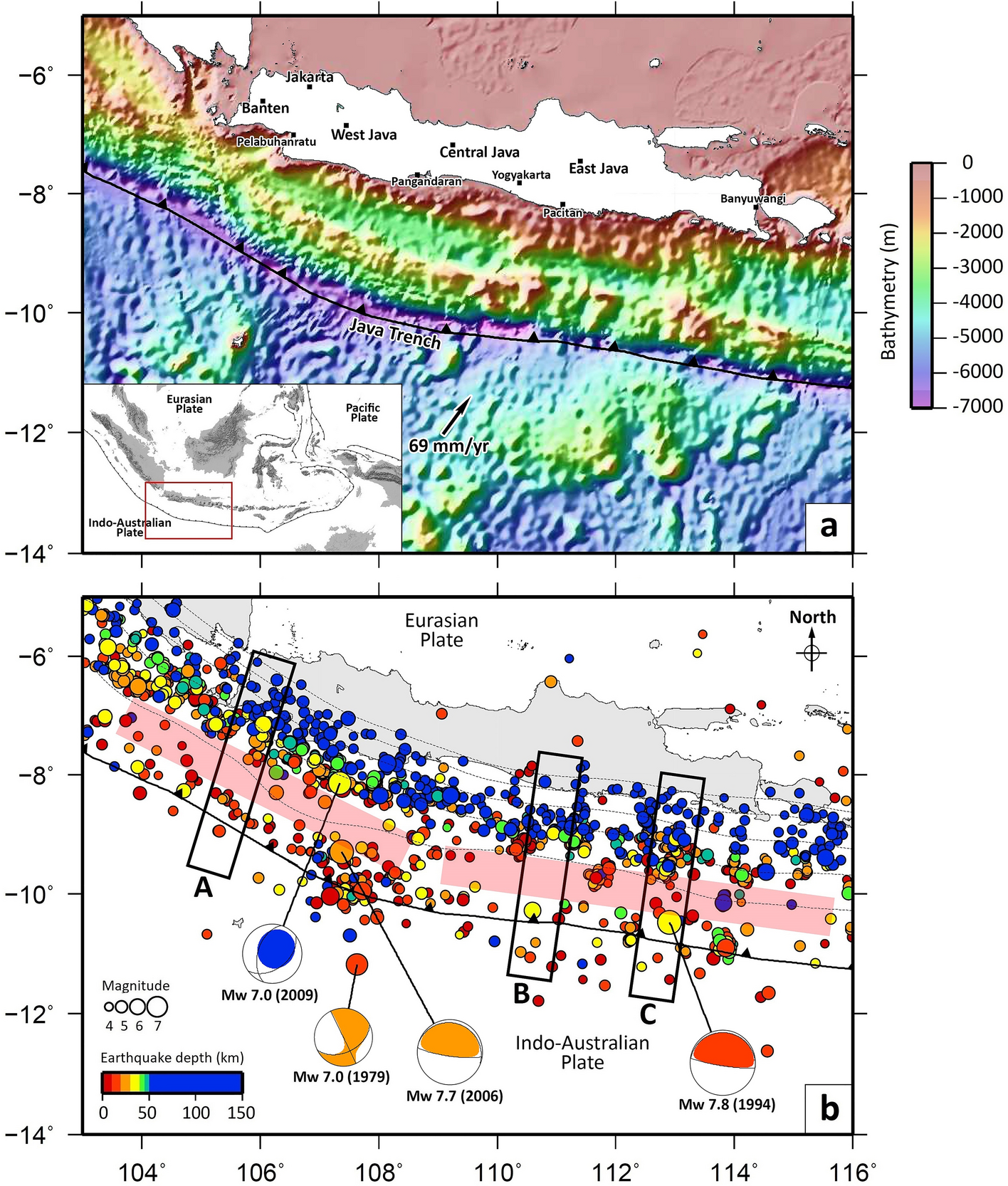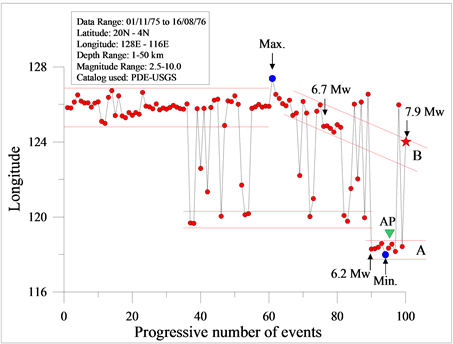
- #Usgs Seismic Parameters Calculator Code Developers First#
- #Usgs Seismic Parameters Calculator How To Estimate The#
We discuss the requirements for such distributions and introduce an upper bound or a ‘corner moment’ for a distribution to have a finite energy or moment flux. Several theoretical distributions of earthquake size (seismic moment–frequency relations) are described and compared. In , , and Link the years, the USGS released induced earthquake hazard models.An accumulation of seismic moment data gathered over the previous decade justifies a new attempt at a comprehensive statistical analysis of these data: herein, more rigourous statistical techniques are introduced, their properties investigated, and these methods are employed for analysis of large modern data sets. The estimation of these parameters from a pumping test is time consuming and by: Hazard Estimation. Many attempts have been made to estimate aquifer parameters using VES resistivity data. These parameters are generally calculated using pumping test data.
Usgs Seismic Parameters Calculator How To Estimate The
The statistical analysis suggests that the exponent β is universal ( β = 0.60–0.65) for all moderate earthquakes. Using the Harvard catalogue data, we compare moment distribution parameters for various temporal spans of the catalogue, for different tectonic provinces and depth ranges, and for earthquakes with various focal mechanisms. Simulations suggest that several earthquakes approaching or exceeding the corner magnitude ( m c) limit need to be registered to evaluate m c with reasonable accuracy. Simulating earthquake size distributions allows for a more rigourous evaluation of distribution parameters and points to the limitations of the classical statistical analysis of earthquake data. We also describe parameter evaluation, in particular how to estimate the seismic moment distribution for the largest earthquakes.
We compare the Harvard catalogue results with the earthquake data from instrumental catalogues in the first three-quarters of the 20th century. Whereas the β values do not appear to be significantly influenced by the errors, for the corner moment large errors can lead to substantially biased estimates. The influence of moment uncertainties on the parameter estimates is studied. The relative errors seem to decrease for larger events. We investigate the seismic moment errors, both random and systematic, and their dependence on earthquake size. For mid-oceanic earthquakes, m c is apparently smaller for spreading ridges, it is about 5.8, and for strike-slip earthquakes on transform faults it decreases from 7.2 to 6.5 as the relative slip velocity of faults increases.
Usgs Seismic Parameters Calculator Code Developers First
The design code developers first decide how USGS earthquake hazard information should be applied in design practice. It is unlikely that data available presently or soon will be sufficient to determine the corner magnitude of 9 and above, with reasonable precision, using purely statistical methods.This Open-File Report describes the data, methods, and parameters used to calculate the seismic shaking hazard as well as the output hazard maps, curves, and deaggregation (disaggregation) information needed for building design.The USGS collaborates with organizations that develop building codes (for buildings, bridges, and other structures) to make seismic design parameter values available to engineers. Among other factors, this discrepancy can be explained by either substantially higher errors in the earlier magnitude values, or by m c being higher for some subduction zones. Their magnitude values cannot be fitted by a modified Gutenberg–Richter law with m c = 8.0–8.5.
These studies confirm the universality of the scaling parameter ( β) for the moment–frequency relation.One major reason to study the seismic moment distribution is to compare it with estimates of tectonic deformation and to draw appropriate conclusions. The seismic moment distribution has recently been the subject of investigation by many researchers (Utsu 1999 Godano & Pingue 2000 Main 2000 Leonard et al. Now 10 years later, modern earthquake catalogues of seismic moment solutions are greatly expanded thus we can significantly amplify our study of the earthquake size distribution. Empirical data, available at that time, were fitted to these distributions and parameter values were estimated. In a previous paper (Kagan 1991) we proposed several theoretical probability formulae that can be used to model the seismic moment distribution. These forces are applied on the tanks and calculations are made for design conditions:Β-value, maximum (corner) seismic moment, seismic moment–frequency relation and its universality, tapered Gutenberg–Richter law 1 IntroductionIn this paper we consider the earthquake size distribution, and analyse statistically the distribution of the seismic scalar moment for earthquakes in different tectonic environments and temporal periods.

We investigate the behaviour of distribution parameters by comparing different tectonic regions, time spans and earthquake focal mechanisms. The statistical techniques described in the previous sections are applied in Section 5 to the analysis of seismic data, primarily the Harvard centroid moment tensor (CMT) catalogue (Dziewonski et al. Since the standard statistical methods are not effective in the estimation of the upper bound for seismic moment, we employ a simulation (Section 4) to infer estimates properties. In Sections 3 and 4 statistical techniques for parameter evaluation are considered. We also discuss the general requirements for such distributions (Section 2.2.1).
(1999) and Ogata & Katsura (1993) suggest using a formula that incorporates non-observation of small faults or earthquakes into the size distribution. 2 Theoretical distributions 2.1 Gutenberg–Richter relationThe earthquake size distribution is usually described using the G-R (Gutenberg & Richter 1941, 1944) magnitude–frequency relationWhere β is the index parameter of the distribution, β = b (see eq. In a short Discussion section we present arguments for the universal nature of the proposed moment–frequency relation and offer possible explanations for many results, based on magnitude distribution analysis, which seem to contradict this conclusion. Finally, in Section 5 we discuss possible reasons for the discrepancy between the Harvard data and earlier instrumental catalogues.
In particular, such estimates, if carelessly used, may distort the conclusions (estimates or inferences) concerning not only the incomplete part but the distribution as a whole. Thus, a distribution of these smaller earthquakes may not have statistical stability, and, therefore, standard statistical methods may result in doubtful interpretations. Although catalogue compilers try to ensure completeness above the threshold, the selection of smaller (below the threshold) earthquakes undergoes many unreported significant changes and variations.



 0 kommentar(er)
0 kommentar(er)
